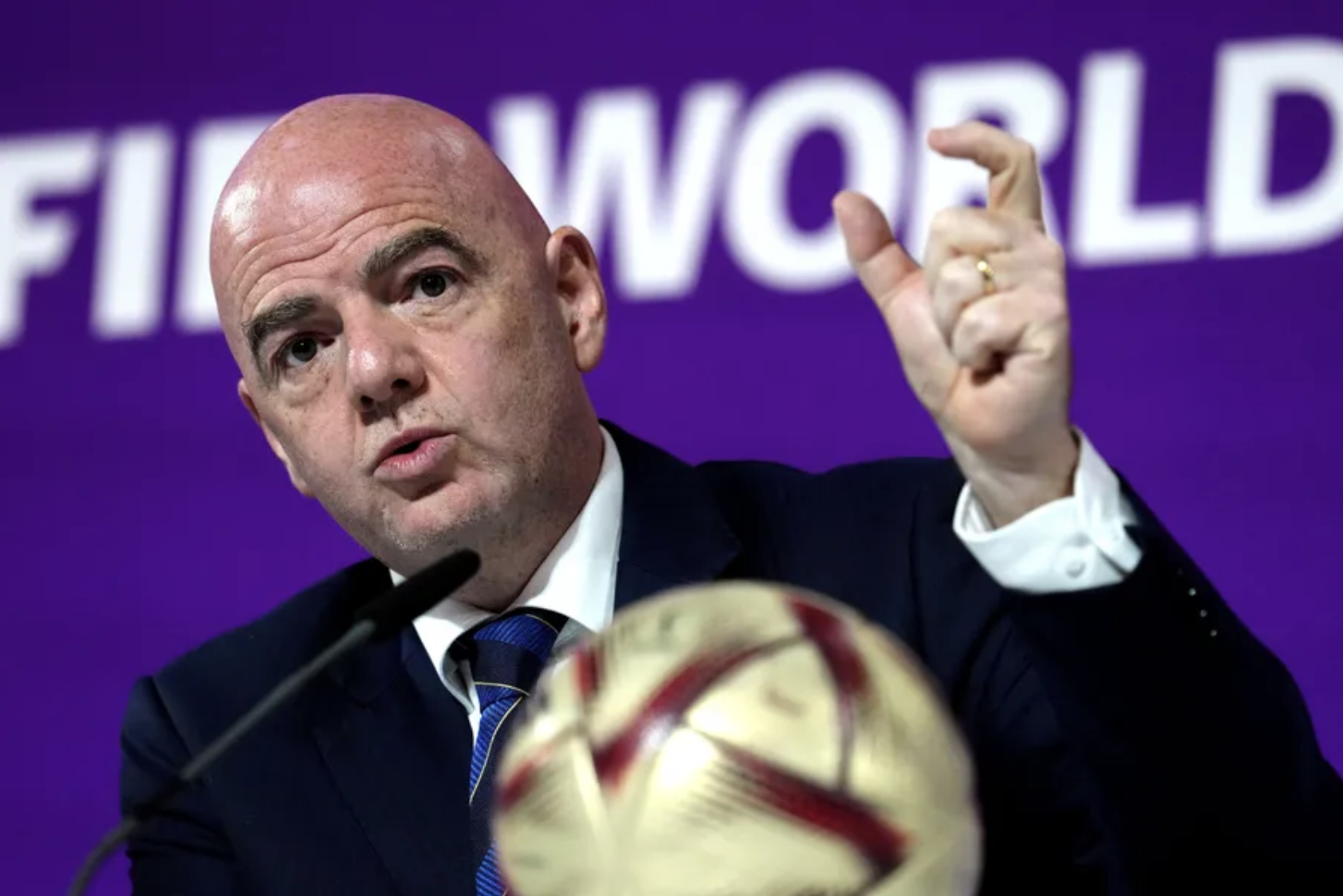
For all the whining, by any objective measure, the 2025 FIFA Club World Cup has been a successful tournament.
The competition averaged nearly 40,000 fans per match and, in the process, showed that Europe still doesn’t have a total monopoly on engrossing club football.
At the same time, the exceptional play of sides like Paris Saint-Germain and Chelsea — who will play in Sunday’s final — showed that the global elite weren’t above caring about the competition, despite the protestations of Germany’s most famous former Premier League manager turned Trivago pitchman.
But even if most of the Club World Cup criticism comes in bad faith, born out of European clubs’ desire to keep the world’s soccer riches for themselves, FIFA president Gianni Infantino still deserves to wear all of it. Because it’s pretty clear he landed on a genuinely good idea almost accidentally while pursuing desires that were 50 percent cash grab, 50 percent vanity project.
We know this mainly because every legitimate gripe with the Club World Cup was both entirely avoidable and easily predictable.
There’s the empty seats that have been in evidence while playing the majority of tournament matches in cavernous NFL stadiums, rather than the nearly two dozen 20,000- to 30,000-seat soccer stadiums built for MLS teams across the country over the last three decades.
According to reporting from The Athletic, Infantino personally preferred the larger venues over suggestions from his Miami-based staff to lean more heavily on MLS stadiums. Maybe his staff have better instincts than he does. Or maybe they just, you know, looked at recent attendance data from high-profile friendlies in America that was widely available.
Even dumber, Infantino ultimately selected more than a half-dozen huge venues while ignoring all but one of the 10 NFL domed stadiums and nine climate-controlled venues. This despite insisting on a majority of afternoon kickoffs local time to fill up the European prime-time TV schedule.
The resulting sweltering conditions were no surprise to anyone who has watched MLS since its creation three decades ago. The league also had to learn the hard way, but eventually moved mostly away from daytime matches during the summer months. In 2025, only seven of the league’s 510 games were slotted for afternoon kickoffs between June and August, and three of those were in Seattle, where average summer highs are only in the 70s Fahrenheit.
With the 2026 FIFA World Cup coming to the United States, Canada and Mexico next summer, FIFA chief of global football development Arsène Wenger indicated FIFA might pay closer attention to local climate when scheduling kickoff times. But can you really trust any organization to learn from mistakes when its president so obviously ignored the guidance of his own staff and the host nation’s domestic league? Or when he doesn’t even consult the pages of the latest Farmer’s Almanac?
The Club World Cup has succeeded because of the rich diaspora of global club football — and club football support — that has been ignored for far too long. In the end, the best European teams still reigned supreme, but the competition revealed the gap isn’t nearly as large as some may have assumed.
Maybe Infantino understood this on some level. But based on his other decision-making, the safer guess is that FIFA’s newest competition has been a success in spite of its president, not because of him.
This news was originally published on this post .








Be the first to leave a comment